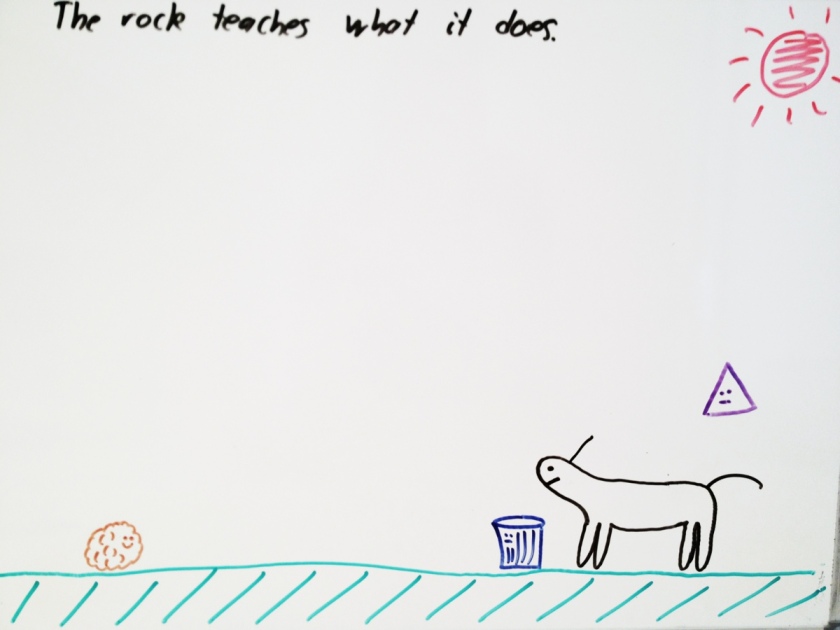If my appendix explodes I would like to be around someone trained in performing an appendectomy.
In more complex situations, experts in the same field can give varied recommendations. They may even give information that is contradictory to one another.
A friend recently injured their knee. Included in the advice they were given by various expert sources: Swim. Do not to swim. Do Tai Chi. Don’t do Tai Chi. Don’t move in ways which bring pain. Move into the pain.
How does one know what to do? Who do you trust?
There are no easy answers here. Below are a few, quite intense stories. I feel the intensity is necessary to speak to the complexity of our situations. For, it is when we are in intense situations that we most often seek ‘experts’ to support us.
This is a brief version of an extremely personal story. My sister was very sick. She was unable to be helped by several, highly touted therapists – psychiatrists, psychologists with certified somatic training, clinics specializing in depression and suicide, and clinics specializing in anorexia. My sister did not live through this experience. What I witnessed was a person in a situation too complex to be properly held by a variety of experts in their field. She needed more and different care than they were able to provide. Many of them sent her away, stating that they did not have the capacity to help her. Her therapist openly stated that he had failed to give her his full attention. I walked next to her for a large part of this journey and felt – as I intimately knew her – that she did want to live. Yet, we could not find her enough, fitting support.
Another story, years later. I was in attendance in a somatic sexuality course. During one exercise in this course a participant was touched in a region specifically marked as ‘out of bounds.’ The violated participant had previously been sexually assaulted. This new violating touch resulted in a trauma response of freezing, unraveling into many difficult months of recovering from this experience. No participant in the course remembered bringing touch to this participant; and, the violating touch (not the person who brought the violating touch) was seen by the instructors. After this, effort was put forth by the instructors to process this situation. Still, the person who was violated did not feel the situation was adequately addressed and has since distanced themselves from this community. There was a general note given to the class to look into learning more about trauma response. That said, the person who brought this touch remained a mystery and the entire class carried on, en route to become certified somatic sexuality practitioners.
Pausing a moment to take in these stories. Then I bring you this question: which expert is not also a fallible human?
What are the qualities that you seek in an expert? What do they seem to be paying attention to when you meet with them? How did they come to learn this expert knowledge they are sharing? Does it feel like they are listening to you?
How do you feel while you are with them? After meeting with an expert do you create space to sense into your entire reaction (including cognition, emotions and the murky unknowns within you)?
Somatic work is about learning to feel. It’s learning to taste the nuances of sensations – thoughts, emotions, all aspects of our experience. Do some thoughts taste acidic? Do some people make you feel like honey? Do some activities make you feel vital?
Somatics is about feeling into all the information – the expert’s advice, your own cognitive knowledge, how the all-of-you feels when you consider a situation. Then you take a small step in some particular direction and notice again, how does this feel? Maybe you stay still for a long time if you don’t know. Maybe you try a step and then step back. Maybe you try a step and then shift towards the right.
It’s slow going. There are no easy answers here.
Fall seven times, stand up eight – Japanese Proverb
